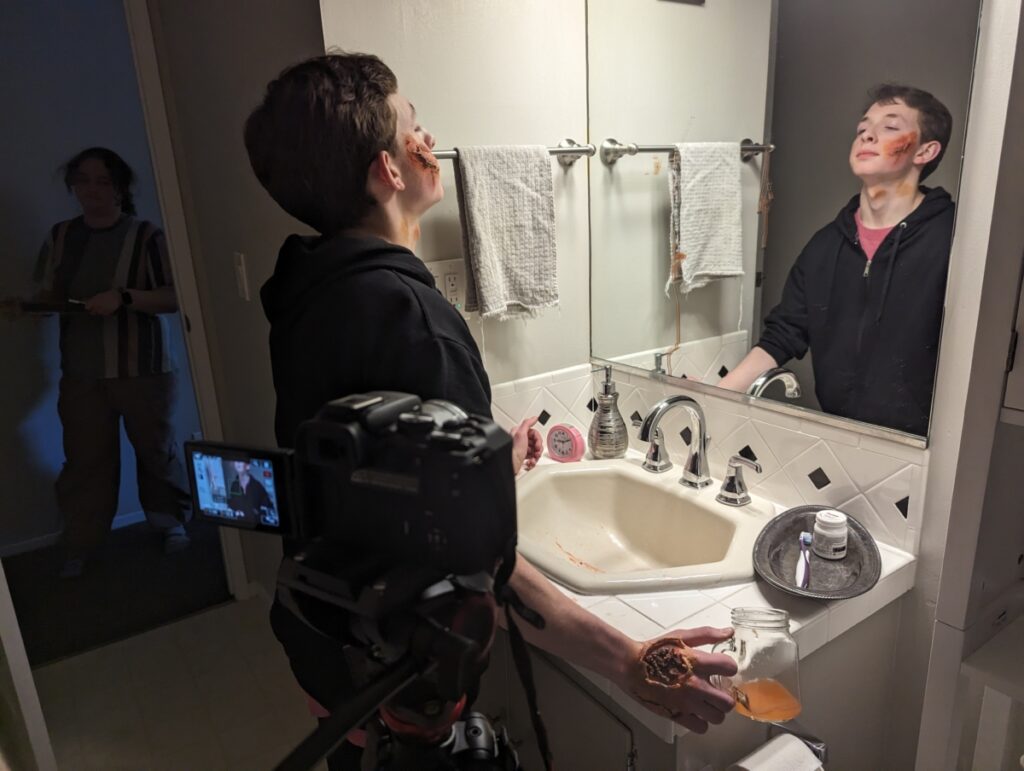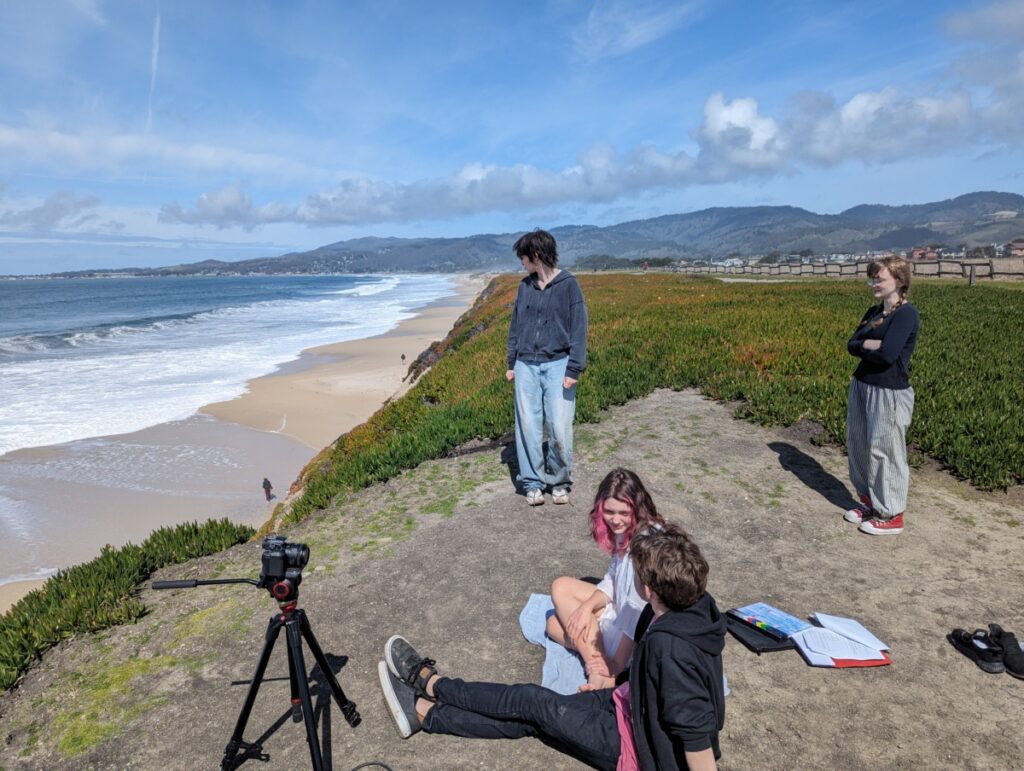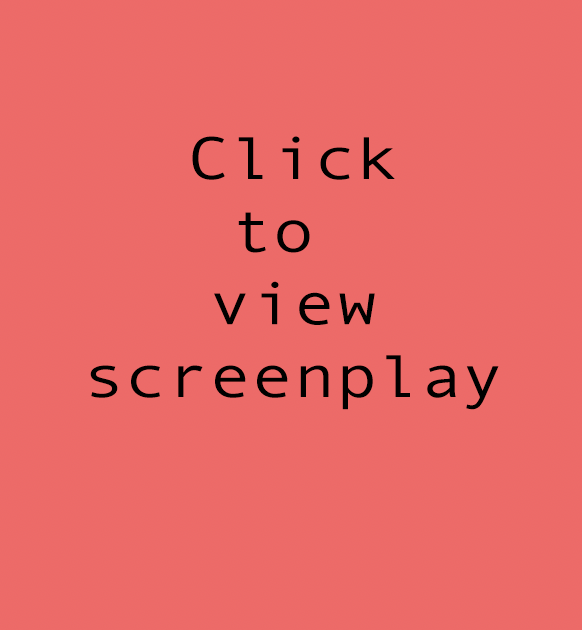
The senior narrative film was the biggest project of my Freestyle career. We learned a lot, like how to do a shot list, schedule with actors, write a screeplay, record with dialogue and slate, and more advanced After Effects stuff. We learned how to do filmmaking in a way more professional way. This was definitely the hardest project I’ve ever done, but it’s always what I wanted to be doing and I’m proud of what I’ve accomplished.
Preproduction
We started by giving pitches to the whole class. We did this last year, but ths time we also added a logline. Loglines are important in marketing a film because it has to draw audiences in and make them want to learn more.
Once we got feedback, we could choose our partners and we were free to start writing our screenplay. I had written screenplays before, but I learned a lot about formatting and writing good dialogue that I didn’t know before. I learned that it’s important to just keep what is essential. Filler dialogue can be boring if the dialogue doesn’t advance the plot or reveal something about a character.
Once we got feedback on our screenplay, we had to line our script. This meant figuring out what shots we wanted and where they would go in the script. For example, in a dialogue scene you’d usually have a wide shot that encompasses everything, then one single (a snigle is a shot of each character in the scene, usually a closeup) for each person in the scene. Then you could have inserts (shots of things that aren’t characters, for example hands) or cutaways (shots of things that aren’t in the scene). Then, we had to compile all the shots into a spreadsheet. This was probably the hardest part for me because it was so technical. Also, it was close to winter break and I was losing motivation for school in general.
After that we had to find actors and start scheduling. I think scheduling was one of the main problmes for our class because actors would cancel last minute or go on vacation. Me and my partner had to find another actor in the middle of our project and reshoot some scenes. It was the most stressful part, but I was learning what it’s like to be in the film industry and how important scheduling and being clear with your actors is.
Production
During class we were learning how to use boom mics and the slate. The slate is helpful for when you’re editing, as it syncs the sound up and tells you which shot it is. It’s like a board of information that you see at the beginning of each shot. This is the part where the director calls camera, sound, slate, and action. It was really fun because it felt professional. The whole class got to experiemnt with different roles, such as controlling the camera, keeping track of sound, and usign the slate. I learned that I like to do audio the best.
Below are some pictures we took during production. Being in production is definitely my favorite part of filmmaking. It’s important to be prepared because everything goes so fast. You have a lot of people in one place and you have to get everything done as soon as possible so everyone can go home and you don’t waste money. (In big budget productions they usually rent out a backlot and stuff like that so time is literally money.)



Post Production
During this unit we learned some advanced green screen, rotoscoping, and camera tracking techniques in After Effects. It was really cool because it unlocked a lot of new possibilities for special effects. Below are some examples of this I did in class.
We’re currently in the process of editing the final film. It’s not done yet but here is a still from our footage. I’ll update this when I’m done.


